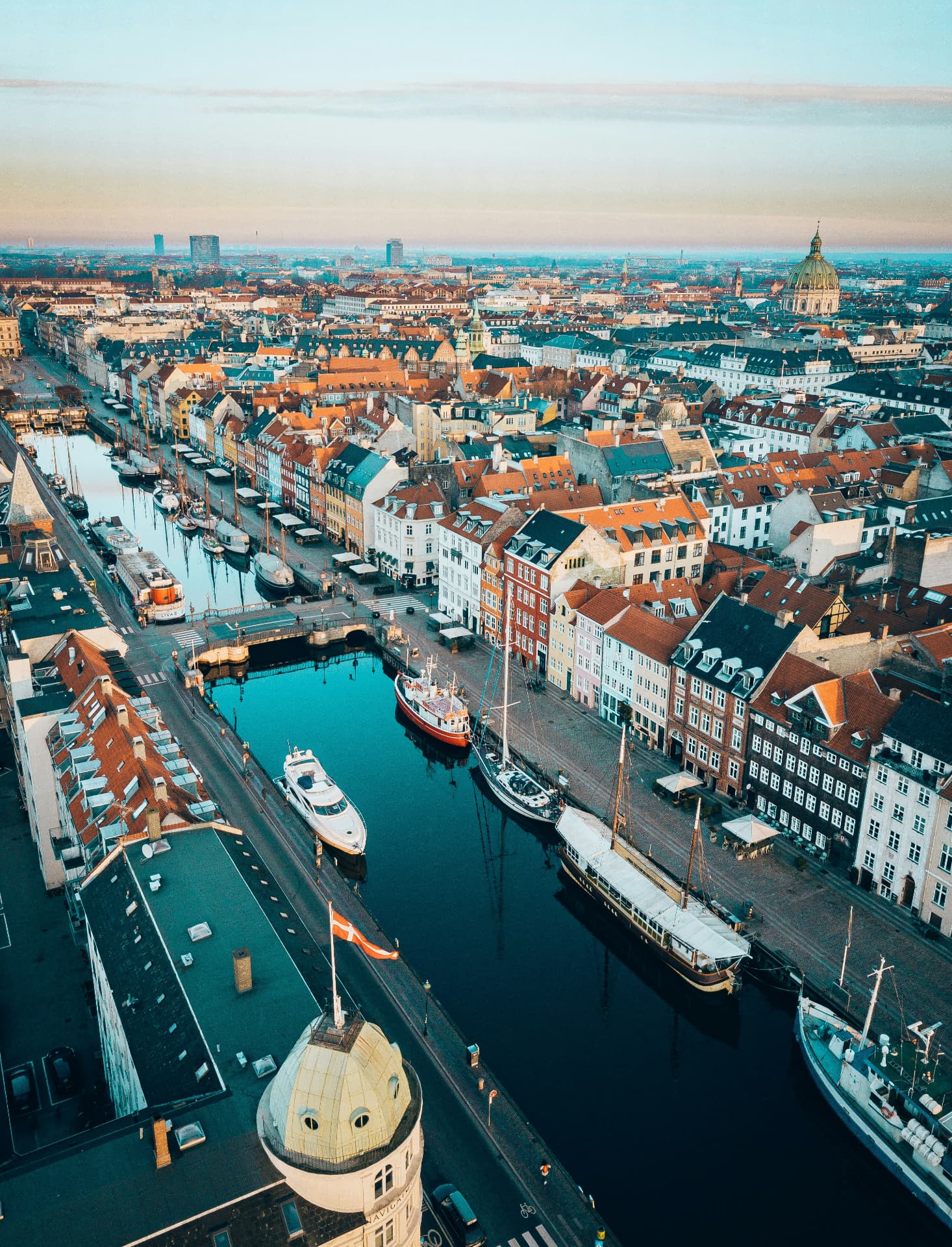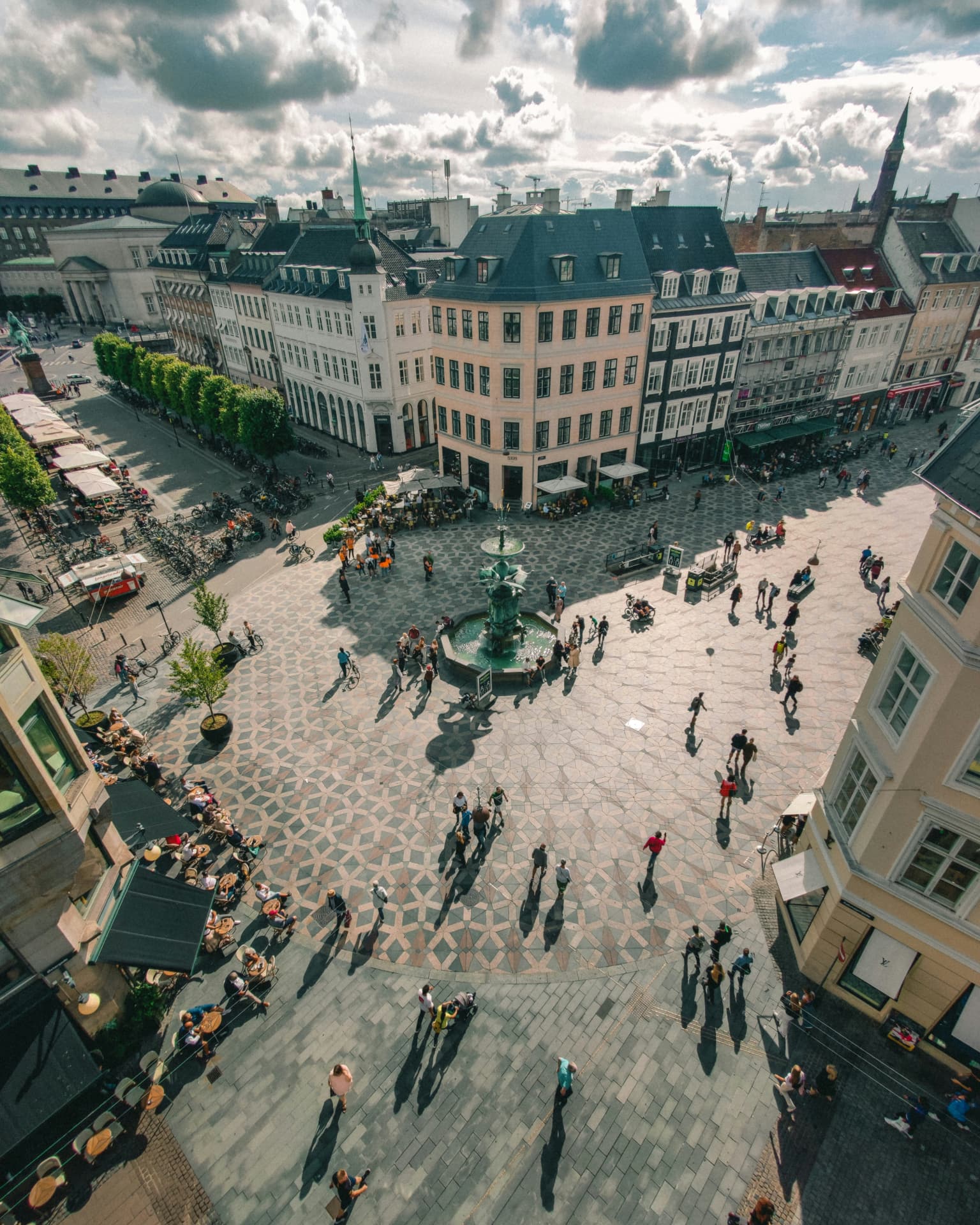Denmark

Discover Norway: Nature and Culture Await

Travel Tips
Visa Requirements: Denmark is a member of the European Union and the Schengen Area, which means that EU citizens can travel freely to Denmark without a visa. Non-EU residents from countries that have visa-free arrangements with the Schengen Area can enter Denmark and stay for up to 90 days within a 180-day period without a visa. Visitors from countries without such agreements need to apply for a Schengen visa, which will allow them to travel throughout the Schengen zone.
Transportation: Getting around Denmark is a breeze thanks to its efficient and well-integrated public transportation network. The country features an extensive railway system connecting all major cities, and Copenhagen’s metro, buses, and commuter trains provide seamless urban transportation. For more scenic travel, consider renting a bicycle, an incredibly popular and eco-friendly way to navigate Danish cities and countryside alike.
Currency Information: The currency of Denmark is the Danish Krone (DKK). While credit and debit cards are widely accepted in most hotels, restaurants, and shops, it’s useful to carry some cash for small purchases, especially in remote areas or for local markets. ATMs are readily available throughout the country.
Weather Preparedness: Denmark’s weather can be quite variable, with mild winters and cool summers. It’s advisable to dress in layers and always carry a waterproof jacket, regardless of the season.
Dining: Tipping is not a requirement in Denmark as service charges are typically included in the prices, but it is common to round up the bill to the nearest convenient amount as a gesture of appreciation.
Language: Danish is the official language, but English is widely spoken, especially in tourist areas and by younger generations, so communication is generally not an issue.
